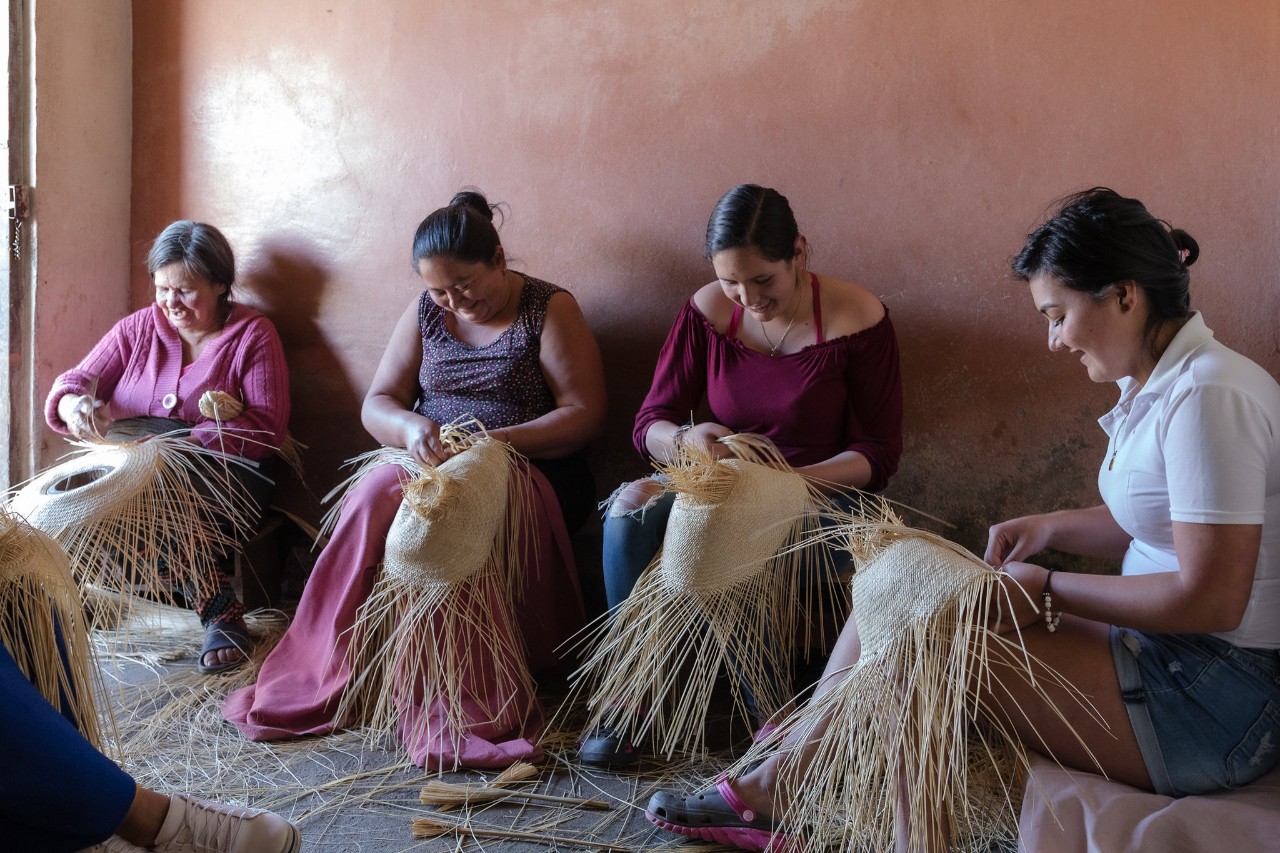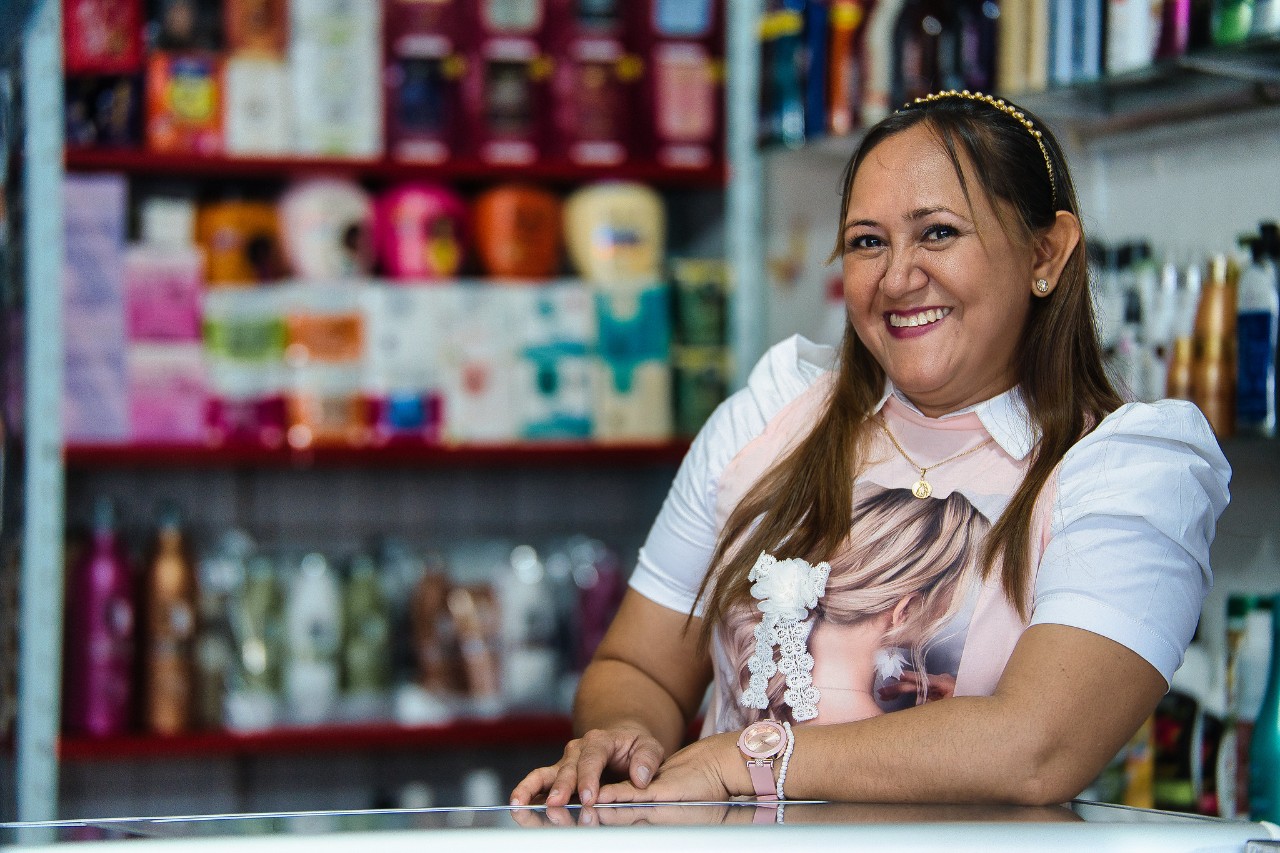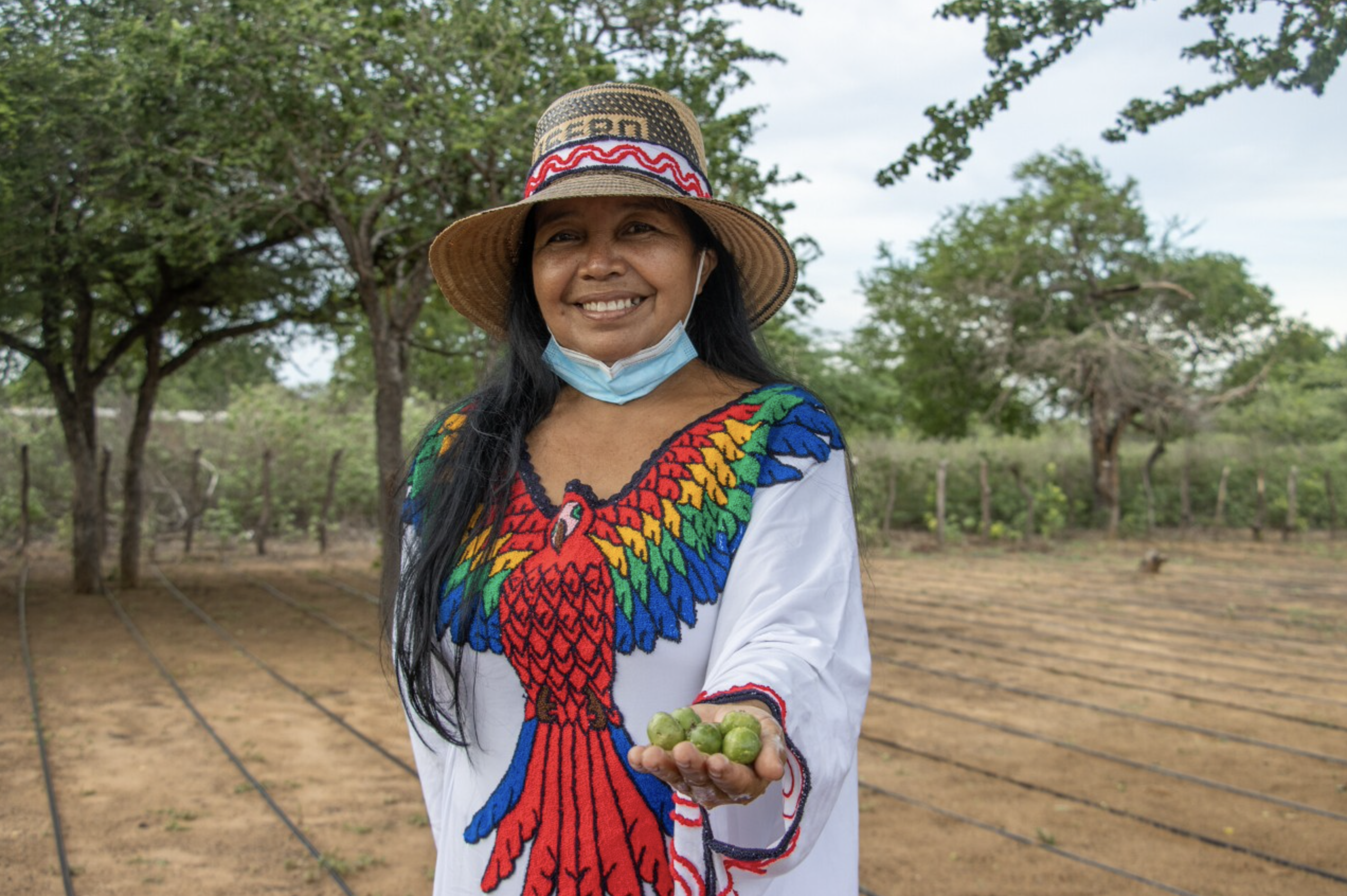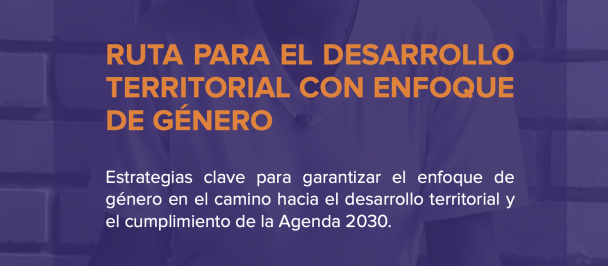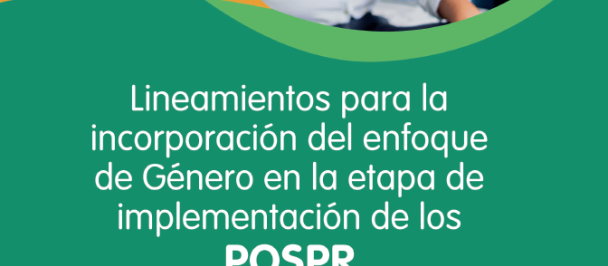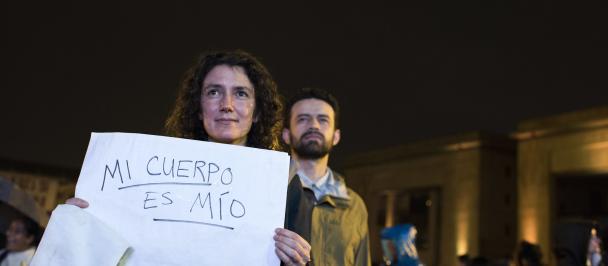Prepared by:
Integrated National Financing Framework for the SDGs -INFF Colombia- Team
Gender equality and women's empowerment are an integral part of the 17 Sustainable Development Goals (SDGs). Achieving the full guarantee of women's and girls' rights through all these goals and their targets is the only way to work towards the consolidation of more responsible, just, and egalitarian societies. This aims to achieve inclusive economies that guarantee equal opportunities and that benefit all people, and protect the environment, now and in the future.
Seeking to fulfill the promise of leaving no one behind, the 2030 Agenda for Sustainable Development charts a path to realizing human rights for all. Closing gaps between men and women is a catalytic element for sustainable development and the deepening of democracies. To this end, all the SDGs have included gender equality as a cross-cutting element to guaranteeing women’s rights. While this cross-cutting approach runs throughout the Agenda, Sustainable Development Goal 5 is specifically dedicated to accelerating progress toward closing the gender gap, ending all forms of discrimination against women and girls worldwide, and achieving gender equality.
During the last 10 years, Colombia has made progress in consolidating a solid regulatory framework to achieve gender equality. However, efforts continue to be insufficient. There is still a long way to go.
According to Colombia’s national statistic office (DANE), because of the pandemic generated by covid-19, there was an economic contraction of 6.8% in Colombia in 2020, which has undoubtedly had a disproportionate impact on women's participation in the labor market. At the end of 2020, the highest female unemployment was recorded at 18.7% (8.5 percentage points higher than that of men). This means that women's participation in the labor force regressed over 10 years, reaching levels similar to those of 2009-2010.
Likewise, the situation of confinement increased cases of violence against women, especially in the family context. This is because many women were confined with their perpetrators, who have exercised not only physical but also psychological, economic, and other forms of violence. Undoubtedly, supporting women's autonomy and economic empowerment can help break the economic dependence that many women victims of violence have on their perpetrators.
Although noteworthy milestones such as the election of the first Colombian female vice-president and mayor in the capital city, as well as the Quota Law, the levels of women's participation in decision-making scenarios in elected positions, has room to improve.
For instance, the Colombian Congress has a total of 279 seats, of which 55 are occupied by women, representing 20% of the total. This is 10% below the average for Latin America and the Caribbean, which is at 30%. Likewise, at the territorial level, women do not exceed 18% of seats in Assemblies and Councils. In governorships, they occupy only 2 out of 32, representing 6.3%, and in municipal mayorships, 12% of the total.
The 2030 Agenda is very clear: there can be no sustainable development without gender equality. That is why closing gender gaps is one of the main challenges to achieve the goals set out in the Sustainable Development Goals and thus ensure genuine, inclusive, and sustainable development.
Financing for gender equality as a critical aspect of sustainable development
The public budgets and planning processes of countries are not gender-neutral. As a result, budget decisions have the potential to eliminate, maintain, or increase the gaps that exist between women and men.
Accordingly, the 2030 Agenda includes within SDG 5 - Gender Equality - an indicator to measure the efforts of governments against the budget allocated for gender equality throughout the public finance management cycle. Indicator 5.c.1 states: "Proportion of countries with systems to track and make public allocations for gender equality and women’s empowerment". The main objective of this indicator is to encourage national governments to develop appropriate systems for budget tracking and monitoring. This also enables countries to make information on allocations for gender equality public to all societies.
Why is it important to consider gender equality in budget processes?
In doing so, important objectives are achieved, such as:
- Ensuring that enough financial resources are allocated to achieve gender equality and the elimination of any type of gender-based discrimination.
- Strengthening financial planning and execution, allowing for improved monitoring and evaluation of policy results regarding the eradication of inequalities.
- Improved capacity to plan, allocate financial resources, monitor, and evaluate processes, programs, and policies to advance gender equality in alignment with the 2030 Agenda.
- A better understanding of the gender dimensions of the different issues and sectors.
- Promote gender equality in an articulated manner through the different programs and projects carried out.
- Identify existing barriers to women's participation in development processes.
- Facilitate accountability and make government actions more transparent.
- Sensitize the authorities regarding existing gender inequality.
- Formulate plans and policies with a gender equality perspective.
In Colombia: instruments and programs that contribute to guaranteeing gender equality in budget allocations
Using a gendered lens, Colombia has made efforts to strengthen the planning and budgeting of the resources that support the closing the gaps between men and women and accelerating progress towards the fulfillment of SDG 5.
One of the milestones in Colombia is the Budget Tag for Women's Equity, created by Article 221 of the National Development Plan 2018-2022. Since 2019, it is led by the Presidential Advisory Office for Women's Equity, the National Planning Department -DNP, and the Ministry of Finance and Public Credit, with the support of UN Women and the Embassy of Sweden. With the budget tag to identify gender equality, public entities that receive resources from the Public Budget (both investment and operating) must identify the investments and expenditures they make to close the gaps between men and women. A report on these budget allocations is submitted annually to the Congress of the Republic. This allows making more visible to the public the extent to which public resources are oriented towards consolidating women's rights in Colombia, as well as to recognize the challenges still pending.
Additionally, since 2020, the National Government, together with UNDP, UNICEF, UN Women, and the Joint SDG Fund implemented the Integrated National Financing Framework for SDGs – INFF-Colombia, to consolidate innovative tools to advance investment in gender equality and close the existing gaps between men and women.
Through the identification of gender gaps and the current funding streams of associated programs, INFF-Colombia will establish policy and investment priorities to support gender efforts, contributing to the reduction of gender inequities and thereby ensuring the achievement of the SDGs.

 Locations
Locations